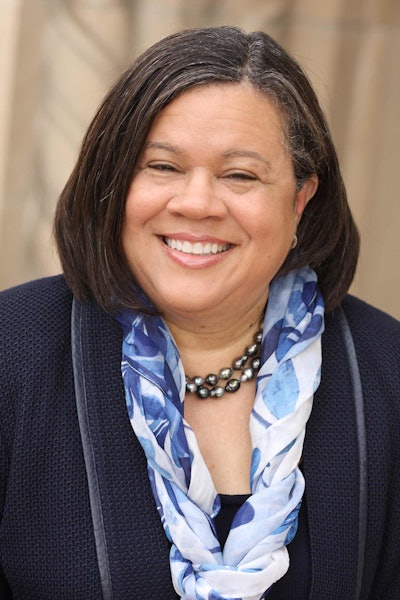With President Biden’s signature on Dec. 29, the new federal spending plan is set to increase the Pell Grant in 2023, allowing low-income students a chance to access up to $7,395 each year. The new total is a record high for the program, first created in 1972. Coupled with the $400 increase in the 2022 fiscal year, this is the largest two-year increase ever in the history of the grant.
 Dr. Linda Oubré, president of Whittier College in California.
Dr. Linda Oubré, president of Whittier College in California.
“We should understand that affordability is one of the biggest challenges facing higher education, now and into the future, as evidenced by increasing student loan debt,” said Dr. Linda Oubré, president of Whittier College in California. According to the Department of Education, about six million students received Pell Grant funding in the 2020 – 2021 academic year. The total student loan debt reached $1.75 trillion by the end of 2022, according to the U.S. Federal Reserve.
“On top of that, we have huge demographic shifts—fewer high school graduates, the traditional college-going market, with increasing proportions of students of color, Latinx in particular,” said Oubré. “Yet to keep our economy going, we need more graduates of higher education institutes.”
Oubré said that students often stop or drop out of education because of small, unexpected expenses which can force them to make difficult choices, like choosing whether to buy the gas needed to get to class or to buy a meal. Basic need insecurity commonly impacts first-generation and low-income students according to Chris Sinclair, executive director of FLIP National, a nonprofit, student-based organization supporting first-generation low-income students.
“The way I’ve seen first generation, low-income students penny-pinch and bargain hunt—when you see a first-generation student try to make a dollar out of 15 cents, any increase [to the Pell Grant] will help,” said Sinclair.
Dr. Ivory A. Toldson, professor of the counseling psychology program at Howard University and national director of education innovation and research at the NAACP, agreed.





















